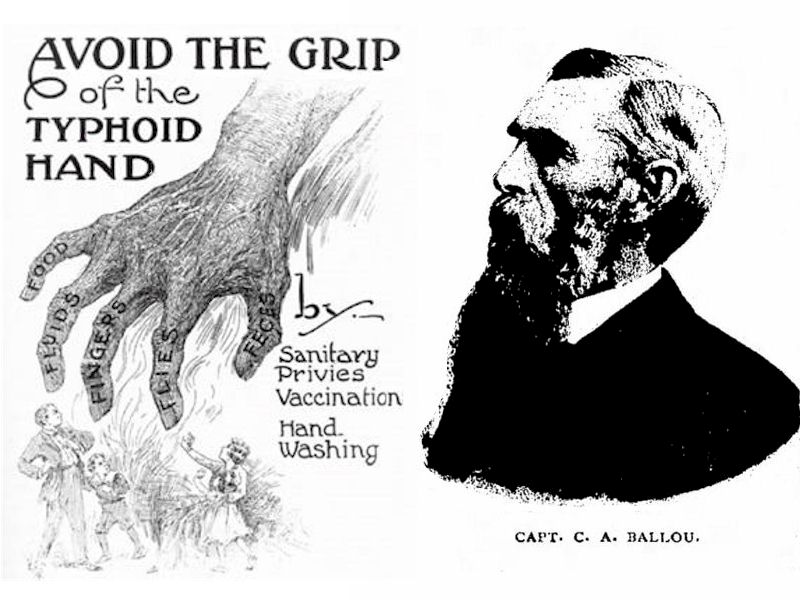In the late 1800s, Danville was plagued with typhoid. Reports came in from those who visited the tobacco markets during the height of the summer months. This was a surprise to the residents and businessmen of the city.
A Patrick County resident wrote to the Richmond Dispatch in the fall of 1876:
Quite a gloom has been cast over our community by the recent death of so many of our citizens. We have had in this and the adjoining county a fever called the “Danville Fever”—a malignant form of bilious-fever—in the last few weeks.
The following year, a similar letter was posted.
Many of our most industrious farmers and useful citizens in the last few years have left their beautiful mountain homes, gone to Danville, returned with disease in their system, and in a short time taken down sick and die with the disease called in this country the “Danville Fever.” Unless Danville makes an effort to improve her sanitary condition … the entire trade of this section will be directed to some other town. This has become a serious matter with our people and in the future a trip to Danville in the summer or early fall will be regarded not only hazardous, but almost criminal.
This time folks in Danville were quick to respond. In the fall of 1877 owners of the tobacco warehouses attested to doing business with hundreds of people from all over Virginia and North Carolina. They had heard no such complaints from anyone else regarding illness in Danville. Neither did the local coroner’s reports show any illness locally. It was suggested that if visitors availed themselves of proper accommodations they would “suffer no more inconvenience from a sojourn in the city than any person of settled habits would experience in going from the country to any city.”
This implied that visitors were camping at the riverside. Prior to the 1850s it was not known that disease could spread undetected through waterways including rivers and open sewers. By the 1870s the source of “Danville Fever” was understood.
In 1878, the threat to Danville’s tobacco market caused Charles A. Ballou, the newly hired City Engineer, to take responsibility for fixing the problem. It was the fault of an open sewer system that could not handle the needs of a growing city. (Danville grew from a population of 10,000 in 1877 to 22,000 in 1890.)
By 1889, Ballou’s sewer system had almost entirely eradicated the existence of typhoid and malaria in the city. In the fall of that year, the Richmond Dispatch reported, “An excellent system of underground sewers was adopted and put in operation, and it is gratifying to know that Danville is now free from fever. This summer no cases of any consequences have been reported, and the health of the city is excellent.”
